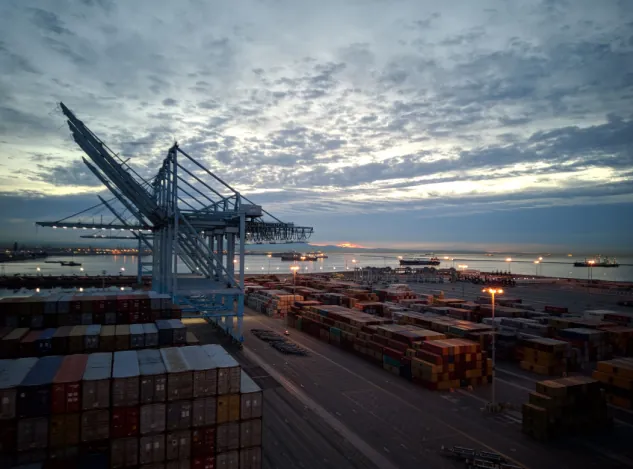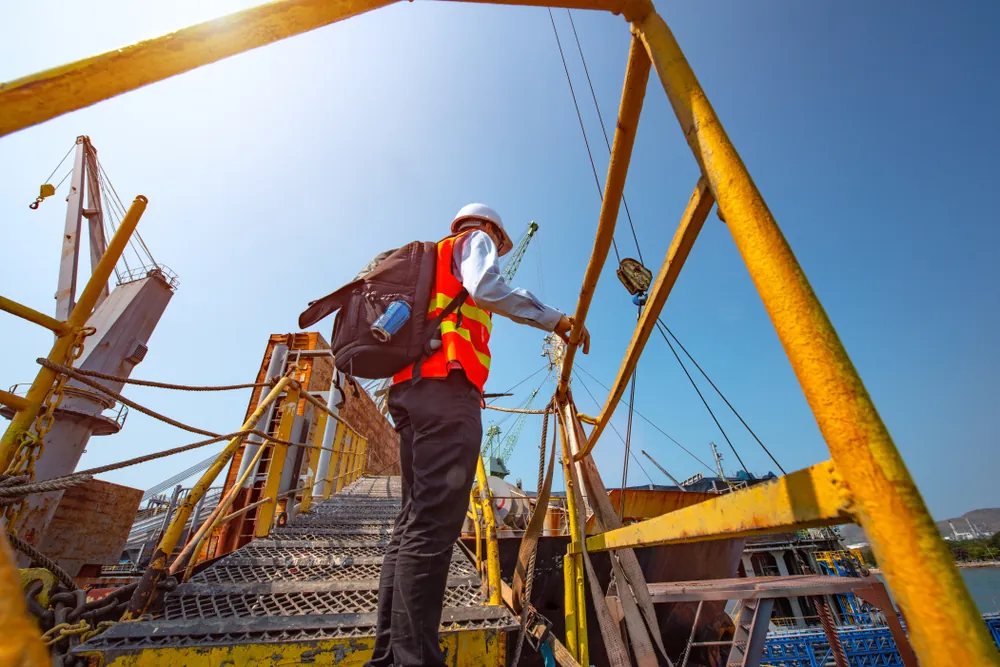Stevedores, also known as longshoremen or dockworkers, play a critical role in the international supply chain. These laborers have a rich history dating back to the 18th century when the rise of global trade demanded a specialized workforce to handle the loading and unloading of cargo from ships. Today, they are responsible for a range of duties and work tirelessly to ensure that goods are safely and efficiently moved from ships to trucks, trains, and warehouses. Without the hard work of stevedores, the international supply chain would halt, impacting businesses and consumers worldwide.
Historical Background
The term “stevedore” stems from the Spanish word “estibador,” which translates to “one who loads.” The English language was adopted it through sailors. “Stevedore” is also interchangeable with the terms “longshoreman” or “dockers.” The stevedore’s role traces back to ancient times when goods were transported by sea; however, stevedoring became a specialized trade during the 18th and 19th centuries during the industrial revolution. As shipping vessels grew in size and complexity, the need for skilled workers to load and unload them became increasingly important. The stevedore’s job was once physically demanding and dangerous, with workers often exposed to harsh weather conditions and heavy machinery. However, technological advancements and safety regulations have made the job much safer today.
Duties of Stevedores
Stevedores work in various environments, including ports, container terminals, and warehouses. Some stevedores specialize in handling specific types of cargo, such as automobiles or bulk commodities like grain or coal. Their duties vary depending on the type of cargo being loaded and unloaded. Generally, stevedores ensure that cargo is safely and efficiently unloaded from ships. This includes:
- Cargo Planning and Stowage – Stevedores are responsible for planning the placement and stowage of cargo on board a ship. This involves determining the optimal placement of freight to ensure the stability and safety of the vessel.
- Loading and Unloading – Once the cargo is ready for transport, dockworkers are responsible for loading and unloading it from the ship. This includes using cranes and other heavy machinery to lift and move cargo to and from the ship.
- Cargo Inspection – Dockworkers are responsible for inspecting cargo before it is loaded onto a ship to ensure that it is adequately packaged and labeled. They also inspect shipment upon arrival to ensure it has not been damaged during transport.
- Safety and Security – Stevedores are responsible for maintaining a safe and secure work environment for themselves and others. This includes following safety protocols and ensuring all equipment is in good working order.
Who Uses Stevedores and Why?
In addition to the shipping industry, many companies in other industries use stevedores. For example, manufacturers that export their products often rely on stevedores to load their goods onto ships for transport to other countries. Similarly, companies that import raw materials or finished goods use stevedores to unload cargo from incoming ships. The mining industry is another sector that uses stevedores. Mining companies often transport raw materials, such as coal and iron ore, by ship, and stevedores are responsible for loading and unloading these materials. Stevedores may also be employed to transport the materials from the port to the company’s facilities or to other transportation modes, such as trains or trucks.
How Stevedores Affect the International Supply Chain
Stevedoring is critical in the international supply chain, as it is responsible for getting goods from the ship to their final destination. The speed and efficiency of the loading and unloading process can have a significant impact on the overall supply chain, affecting everything from inventory levels to transportation costs. Inefficient stevedoring can cause delays in the delivery of goods, resulting in increased transportation costs and lost sales for retailers and manufacturers. For this reason, many shipping companies and logistics providers invest in modern equipment and technologies to improve the speed and accuracy of the loading and unloading process.



